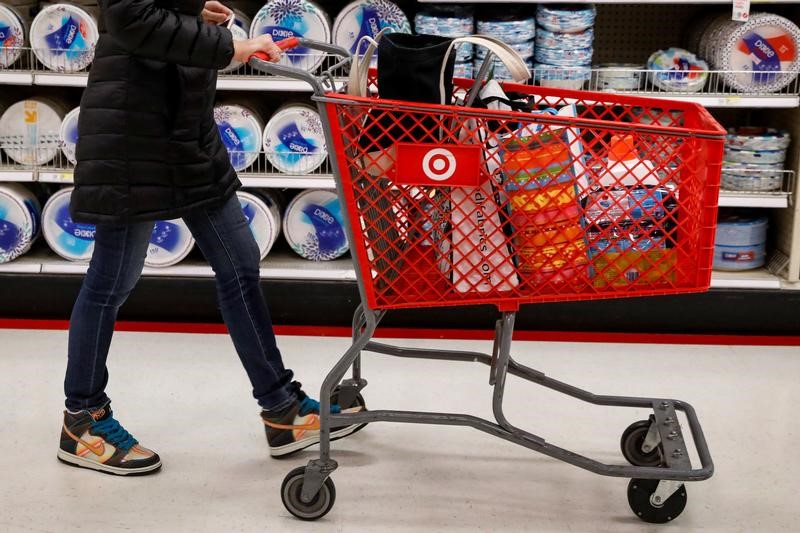(Bloomberg) -- U.S. retail sales unexpectedly posted the first decline in seven months, suggesting consumers are starting to become shaky as the main pillar of economic growth and potentially bolstering the case for a third straight Federal Reserve interest-rate cut. Treasuries rose and U.S. stock futures fell.
The value of overall sales fell 0.3% in September from the prior month after an upwardly revised 0.6% increase in August, Commerce Department figures showed Wednesday. The median estimate in a Bloomberg survey called for a 0.3% advance.
Sales in the “control group” subset, which some analysts view as a more reliable gauge of underlying consumer demand, were little changed, missing projections for a 0.3% increase. The measure excludes food services, car dealers, building-materials stores and gasoline stations.
The surprise drop in retail sales is the first decline since February and may indicate cracks are forming in the consumer spending that’s propped up economic growth in recent months. Together with weaker business investment and manufacturing, along with a lingering trade war, weaker consumption would increase risks to the nation’s longest economic expansion on record and complicate President Donald Trump’s re-election prospects in 2020.
While consumer spending and job gains were likely solid overall during the third quarter, the latest figures as well as the employment report earlier this month suggest a loss of momentum heading into the last part of 2019. With global weakness and trade headwinds already leading Fed officials to lower interest rates at the last two meetings, some policy makers may see reason to cut again at the central bank’s next gathering Oct. 29-30 in Washington.
See our tracker: U.S. Recession Chances Hit 27% Within Next 12 Months
The retail sales report showed seven of 13 major categories posted declines. Nonstore retailers, which includes online shopping, fell 0.3%, the biggest drop since December. General merchandise stores were down 0.3%, building materials fell 1% and sporting goods, hobby, musical instrument and book stores dropped 0.1%.
Increases were led by apparel, health and personal care, and furniture and home furnishings. One sector, electronics and appliance stores, was unchanged.
Filling-station receipts decreased 0.7%, the report showed, after energy prices dropped in last week’s consumer-price data. The retail figures aren’t adjusted for price changes, so sales could reflect changes in gasoline costs, sales, or both.
Spending at automobile dealers dropped 0.9%, the biggest decline since January, after increasing 1.9% in the previous month. Industry data from Wards Automotive Group previously showed the volume of auto sales rose for a second month in September.
Excluding automobiles and gasoline, retail sales were little changed, after a 0.4% gain the previous month.
Get More
- Retail sales estimates in Bloomberg’s survey of economists ranged from a 0.1% decline to a 0.7% gain from the prior month.
- Control-group sales have increased an annualized 6.8% over the latest three months compared with a 7.7% rate in the same period through August.
- The sales data don’t capture all of household purchases and tend to be volatile because they aren’t adjusted for changes in prices. Personal-spending figures, which also span services, will offer a fuller picture of U.S. consumption in data due at the end of the month.
